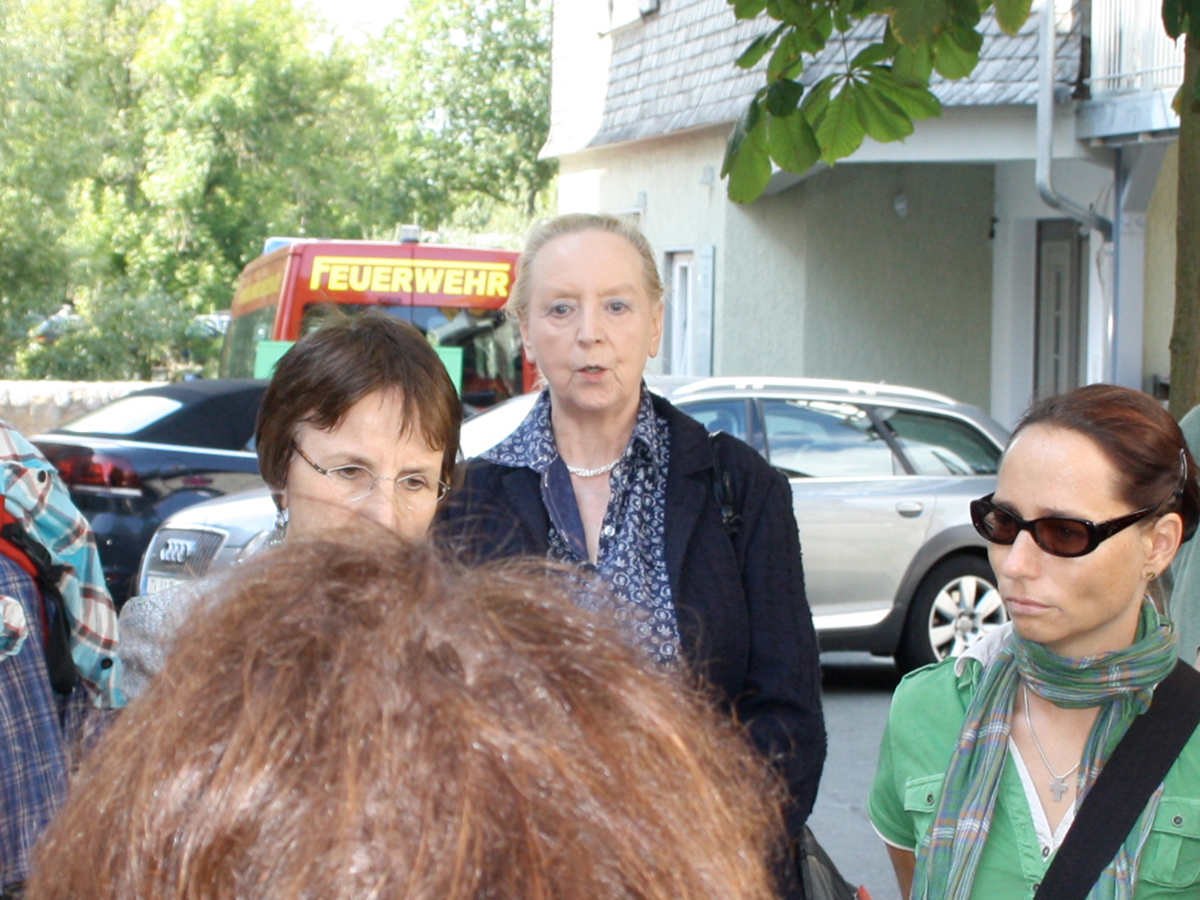
Top, obverse, Ernst Leitz, the founder, 1843-1920.

Above: A medal struck by Leitz to commemorate Ernst Leitz II’s 70th birthday on March 1, 1941. An American citizen, he has lived in Britain for nearly thirty years. Altruism of Ernst Leitzįrank is a rabbi at the Mosaic Liberal Synagogue, based in Harrow, north-west London, and lives nearby with his wife Cathy and their three children. His BA senior honours thesis at UC Berkeley back in 1978 was Photography and Ethnography while his rabbinic thesis in 1994 was entitled Photography and the Holocaust: A Critical Examination of the Usages by all Sides. Throughout his educational development, photography has played a vital role in putting his life and his work into perspective. So keen is he, in fact, that he is completing a PhD at UCL based on his Leitz research, “Ernst Leitz of Wetzlar: Helping the Persecuted”. Rummageįrank is a dyed-in-the-wool Leica fan and enjoys nothing more than a rummage through the well-stocked cupboards at Red Dot. He is also, to my knowledge, the only rabbi I have met in a camera shop. He is the guy who researched and published surprise findings on Ernst Leitz II’s efforts to help Jewish residents of Germany before and during the Second World War. None, though, is more interesting than Frank Dabba Smith whom I have met on several occasions, quite by chance, in the clublike atmosphere of this City camera store.įrank’s is a name I already knew. Last month I recounted the story of Steve Edge, a customer I met as he was taking delivery of a new X-U underwater Leica. Several times I’ve written about the interesting characters I bump into at Red Dot Cameras in London’s Old Street. Busts of Ernst Leitz II, III and I (right to left). Note: If you have a vintage binocular you either wish to sell or would just like some information about, I can be contacted at. Nonetheless, as noted by Merlitz, the Binuxit gives a more color-neutral view than the Oberkochen, and I think it's brighter too. Both binoculars have coated optics even though the coatings on the Binuxit's prisms are so faint as to almost appear not to be there. I believe this must be attributable to its ocular and eyepiece design. Most interestingly, I along with several other collectors find this binocular simply a lot more comfortable to use (see the "Comment and faves" following the description of the collection's Oberkochen 8X30 at The best I can describe the view is to say it is quick to find, easy to focus and seemingly all there right away unlike that of the Zeiss which always seems to take a little more adjusting and never feels quite as good as you think it should be. Merlitz also states the Zeiss has a slightly wider FOV, but although I'm sure he's correct, for some reason the Binuxit gives the illusion of having a wider one. Although the Binuxit has good sharpness to the edge, it is not quite as good as that of the collection's Oberkochen 8X30. Holger Merlitz in an excellent review ( rates the Zeiss Oberkochen 8X30 a better binocular in part because of better sharpness to the edge of field. Optically, this binocular is superb, but oddly it's a little difficult to explain why. Notes: The Leitz Binuxit 8X30 was introduced in 1927 and manufactured until 1962 when Leitz discontinued all of its Porro prism models in favor on the roof prism Trinovids.
E leitz wetzlar siemens serial#
Serial #/Year of Manufacture: 583563, estimate manufactured late 1950’s – early 1960’s


Manufacturer/Model: Leitz Wetzlar, Binuxit 8X30įield of View: 8.5 deg = 149 m/1,000 m APFOV 68 deg


 0 kommentar(er)
0 kommentar(er)
